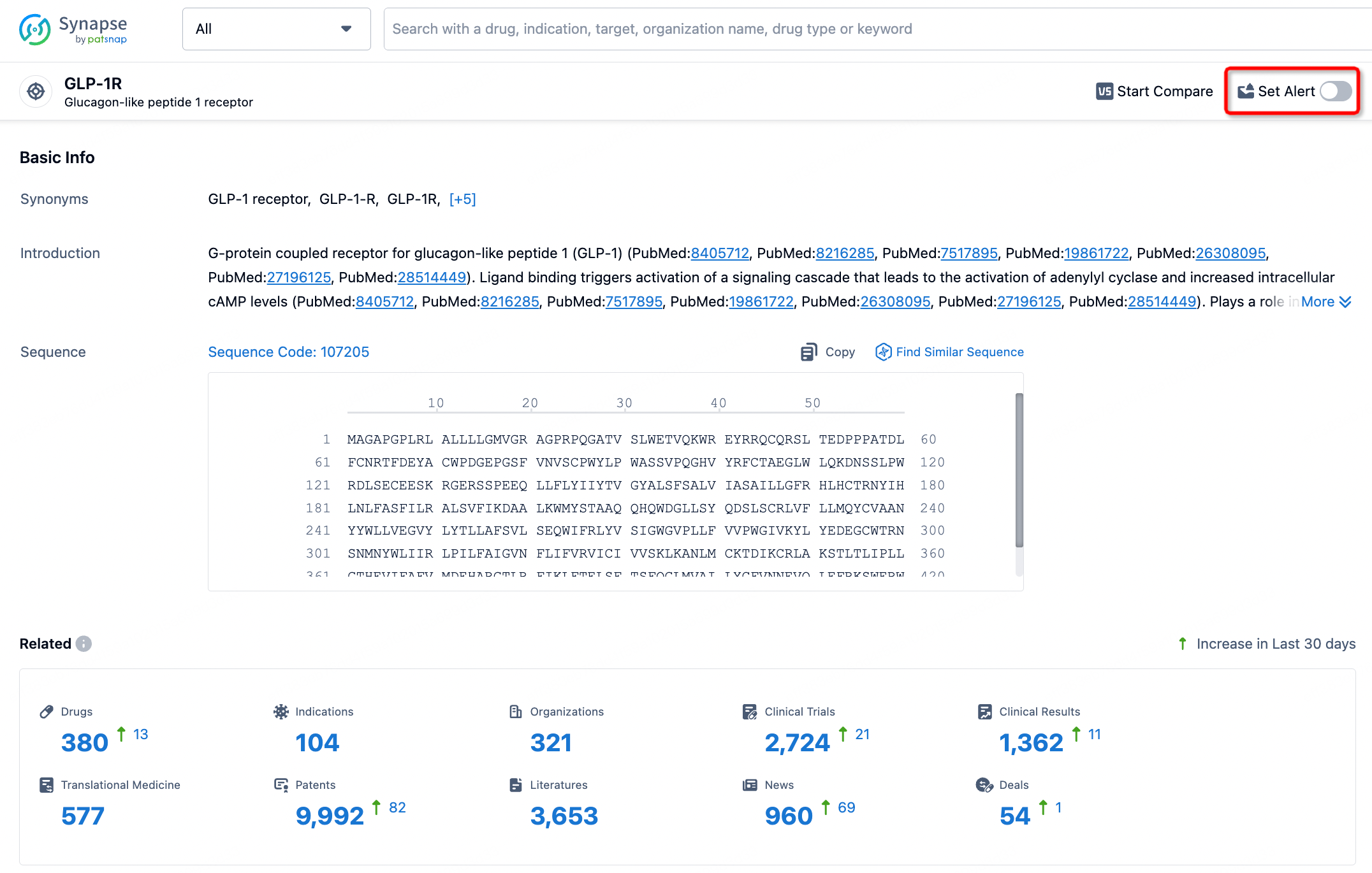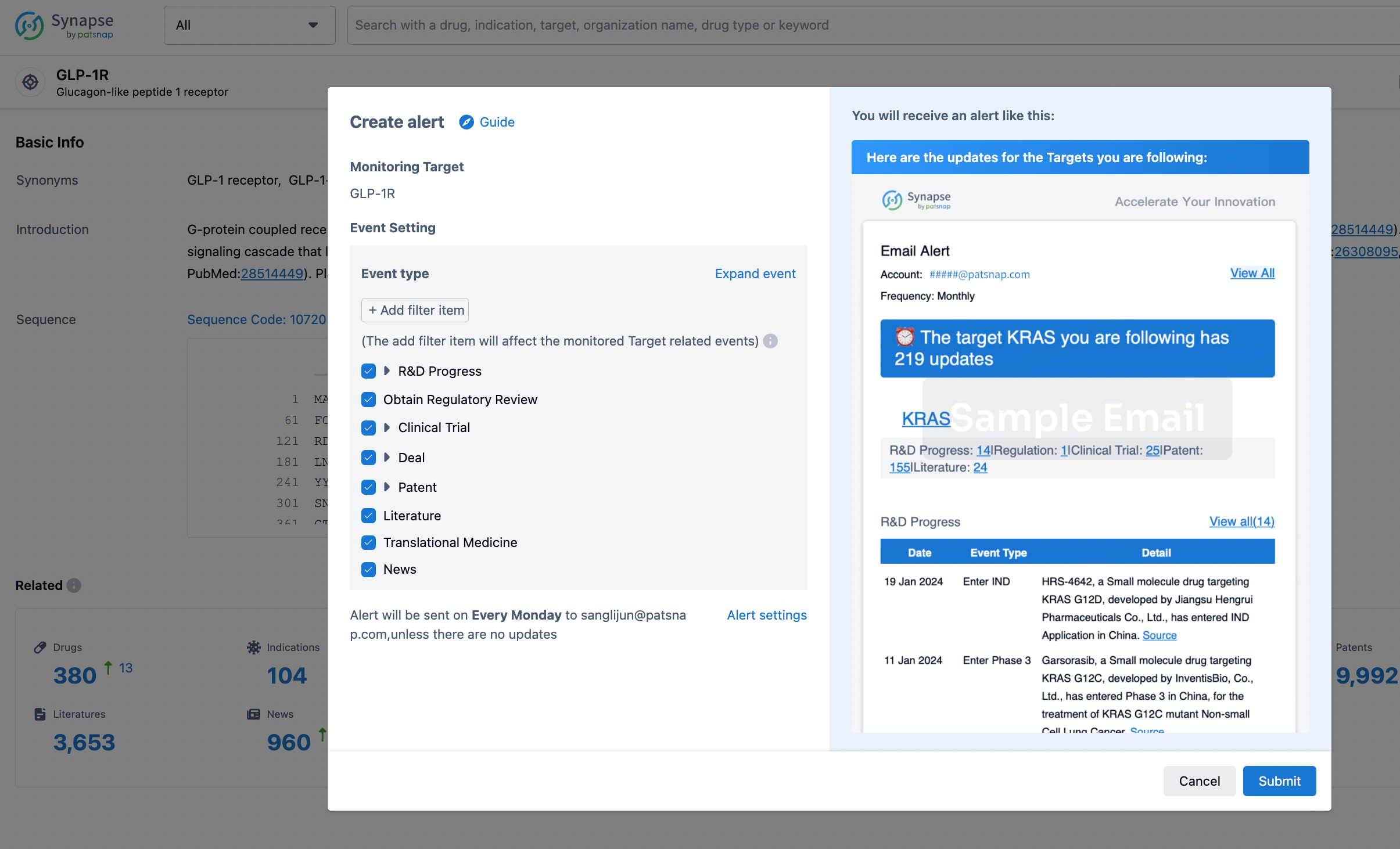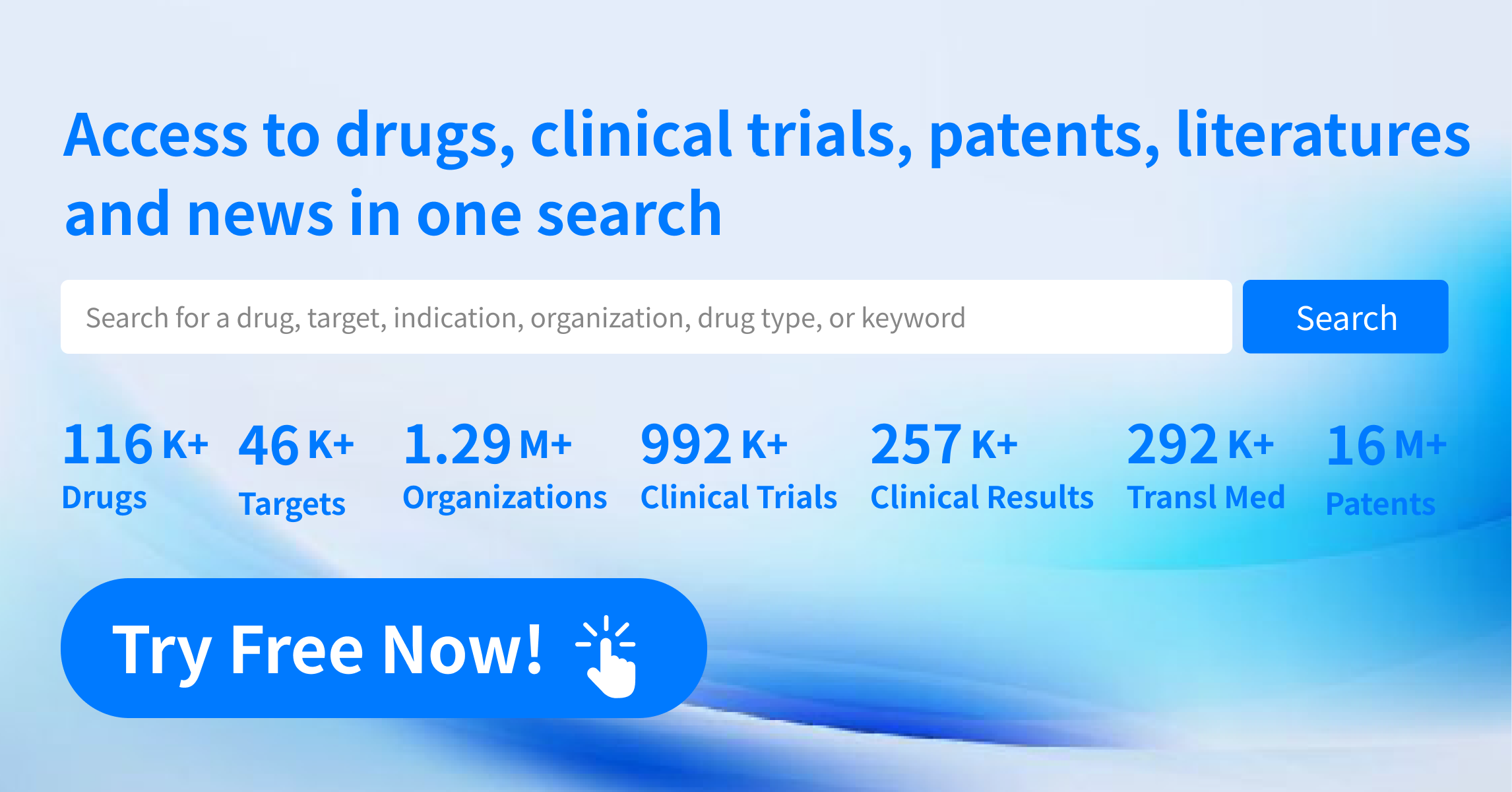Request Demo
What are THBD stimulants and how do they work?
25 June 2024
Introduction to THBD Stimulants
In the ever-evolving realm of biomedical science, novel compounds and treatments continually emerge, promising new frontiers in healthcare. Among these, THBD stimulants have recently gained significant attention for their potential applications in various medical fields. THBD, or thrombomodulin, is an endothelial cell receptor that plays a crucial role in the anticoagulant pathway. When stimulated, THBD can activate protein C, which has anti-inflammatory and anticoagulant properties. The exploration into THBD stimulants is an exciting development, as it opens doors to novel therapeutic strategies for conditions that involve inflammation, coagulation, and vascular health.
How Do THBD Stimulants Work?
To understand how THBD stimulants work, it's essential first to grasp the basic function of thrombomodulin. Thrombomodulin is a glycoprotein expressed on the surface of endothelial cells. Its primary role is to regulate blood coagulation by converting thrombin, which promotes clot formation, into an anticoagulant enzyme. This conversion is vital in maintaining a balance between clot formation and clot dissolution, ensuring that the vascular system operates smoothly.
When THBD is stimulated, it enhances the activation of protein C. Activated protein C (APC) exerts multiple beneficial effects: it degrades clotting factors Va and VIIIa, thereby impeding further clot formation, and it also has anti-inflammatory properties by inhibiting the cytokine cascade that typically exacerbates inflammatory responses. Moreover, APC works to protect the endothelial barrier function, which is crucial in preventing vascular leakage and maintaining tissue integrity.
THBD stimulants, therefore, work by enhancing the natural anticoagulant and anti-inflammatory pathways mediated by protein C. By promoting THBD activity, these stimulants help to maintain vascular homeostasis and reduce the likelihood of pathological thrombus formation and inflammation. This dual action makes THBD stimulants a promising candidate for treating complex conditions that involve both coagulation and inflammation.
What Are THBD Stimulants Used For?
Given their mechanism of action, THBD stimulants have a broad range of potential applications. One of the most prominent areas of interest is in the management of sepsis. Sepsis is a life-threatening condition triggered by an overwhelming immune response to infection, leading to widespread inflammation and clotting abnormalities. Current treatments for sepsis are limited and often not sufficiently effective. THBD stimulants could offer a novel approach by simultaneously addressing the inflammatory and coagulatory pathways that are dysregulated in sepsis. By reducing both inflammation and excessive clot formation, these stimulants could significantly improve outcomes for septic patients.
Another promising application is in the treatment of thrombotic disorders, such as deep vein thrombosis (DVT) and pulmonary embolism (PE). Traditional anticoagulants, while effective, often carry a risk of severe bleeding. THBD stimulants, with their ability to precisely modulate the anticoagulant pathway, might offer a safer alternative by reducing clot formation without significantly increasing the risk of bleeding. This could represent a significant advancement in the management of thrombotic conditions.
Additionally, THBD stimulants hold potential in the realm of chronic inflammatory diseases. Conditions such as rheumatoid arthritis, inflammatory bowel disease, and even certain neurodegenerative disorders are characterized by persistent inflammation that contributes to tissue damage and disease progression. By leveraging the anti-inflammatory properties of APC, THBD stimulants could help to mitigate the inflammatory processes at play, offering relief and slowing disease progression for patients suffering from chronic inflammatory conditions.
In conclusion, the exploration and development of THBD stimulants mark a significant advancement in medical science. By enhancing the body's natural anticoagulant and anti-inflammatory mechanisms, these compounds hold promise for treating a wide array of conditions that currently have limited or suboptimal treatment options. As research continues to progress, it is hopeful that THBD stimulants will transition from experimental treatments to mainstay therapies, potentially transforming the landscape of modern medicine.
In the ever-evolving realm of biomedical science, novel compounds and treatments continually emerge, promising new frontiers in healthcare. Among these, THBD stimulants have recently gained significant attention for their potential applications in various medical fields. THBD, or thrombomodulin, is an endothelial cell receptor that plays a crucial role in the anticoagulant pathway. When stimulated, THBD can activate protein C, which has anti-inflammatory and anticoagulant properties. The exploration into THBD stimulants is an exciting development, as it opens doors to novel therapeutic strategies for conditions that involve inflammation, coagulation, and vascular health.
How Do THBD Stimulants Work?
To understand how THBD stimulants work, it's essential first to grasp the basic function of thrombomodulin. Thrombomodulin is a glycoprotein expressed on the surface of endothelial cells. Its primary role is to regulate blood coagulation by converting thrombin, which promotes clot formation, into an anticoagulant enzyme. This conversion is vital in maintaining a balance between clot formation and clot dissolution, ensuring that the vascular system operates smoothly.
When THBD is stimulated, it enhances the activation of protein C. Activated protein C (APC) exerts multiple beneficial effects: it degrades clotting factors Va and VIIIa, thereby impeding further clot formation, and it also has anti-inflammatory properties by inhibiting the cytokine cascade that typically exacerbates inflammatory responses. Moreover, APC works to protect the endothelial barrier function, which is crucial in preventing vascular leakage and maintaining tissue integrity.
THBD stimulants, therefore, work by enhancing the natural anticoagulant and anti-inflammatory pathways mediated by protein C. By promoting THBD activity, these stimulants help to maintain vascular homeostasis and reduce the likelihood of pathological thrombus formation and inflammation. This dual action makes THBD stimulants a promising candidate for treating complex conditions that involve both coagulation and inflammation.
What Are THBD Stimulants Used For?
Given their mechanism of action, THBD stimulants have a broad range of potential applications. One of the most prominent areas of interest is in the management of sepsis. Sepsis is a life-threatening condition triggered by an overwhelming immune response to infection, leading to widespread inflammation and clotting abnormalities. Current treatments for sepsis are limited and often not sufficiently effective. THBD stimulants could offer a novel approach by simultaneously addressing the inflammatory and coagulatory pathways that are dysregulated in sepsis. By reducing both inflammation and excessive clot formation, these stimulants could significantly improve outcomes for septic patients.
Another promising application is in the treatment of thrombotic disorders, such as deep vein thrombosis (DVT) and pulmonary embolism (PE). Traditional anticoagulants, while effective, often carry a risk of severe bleeding. THBD stimulants, with their ability to precisely modulate the anticoagulant pathway, might offer a safer alternative by reducing clot formation without significantly increasing the risk of bleeding. This could represent a significant advancement in the management of thrombotic conditions.
Additionally, THBD stimulants hold potential in the realm of chronic inflammatory diseases. Conditions such as rheumatoid arthritis, inflammatory bowel disease, and even certain neurodegenerative disorders are characterized by persistent inflammation that contributes to tissue damage and disease progression. By leveraging the anti-inflammatory properties of APC, THBD stimulants could help to mitigate the inflammatory processes at play, offering relief and slowing disease progression for patients suffering from chronic inflammatory conditions.
In conclusion, the exploration and development of THBD stimulants mark a significant advancement in medical science. By enhancing the body's natural anticoagulant and anti-inflammatory mechanisms, these compounds hold promise for treating a wide array of conditions that currently have limited or suboptimal treatment options. As research continues to progress, it is hopeful that THBD stimulants will transition from experimental treatments to mainstay therapies, potentially transforming the landscape of modern medicine.
How to obtain the latest development progress of all targets?
In the Synapse database, you can stay updated on the latest research and development advances of all targets. This service is accessible anytime and anywhere, with updates available daily or weekly. Use the "Set Alert" function to stay informed. Click on the image below to embark on a brand new journey of drug discovery!
AI Agents Built for Biopharma Breakthroughs
Accelerate discovery. Empower decisions. Transform outcomes.
Get started for free today!
Accelerate Strategic R&D decision making with Synapse, PatSnap’s AI-powered Connected Innovation Intelligence Platform Built for Life Sciences Professionals.
Start your data trial now!
Synapse data is also accessible to external entities via APIs or data packages. Empower better decisions with the latest in pharmaceutical intelligence.


